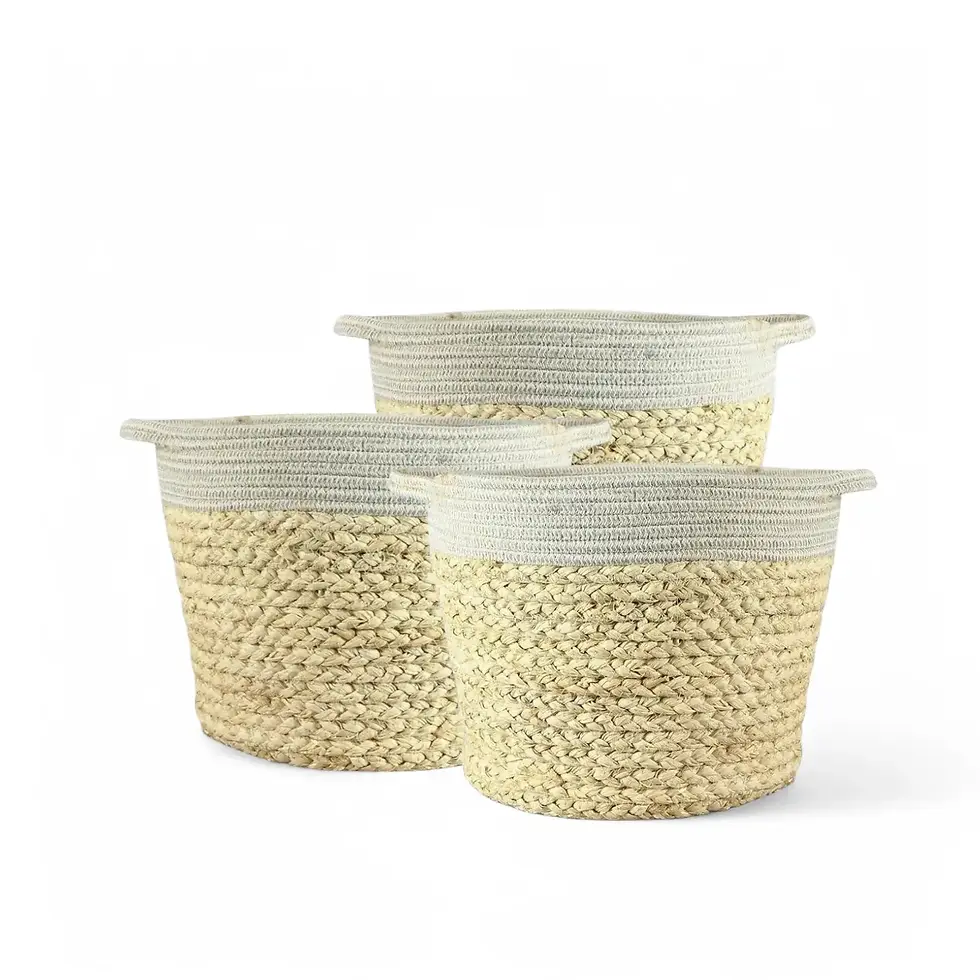Adenium obesum – Growing and Care Guide
Adenium obesum, commonly known as the Desert Rose plant, is a stunning succulent prized for its thick, swollen caudex and vibrant, trumpet-shaped flowers. Native to arid regions, this slow-growing yet long-lived plant thrives with minimal care. Its twisted branches and lush green leaves provide an exotic appeal, making it a sought-after houseplant and an eye-catching bonsai specimen.
Unique Features and Benefits of Desert Rose
- Size and Structure: Typically reaches 0.5 to 1.5 meters indoors, with a thickened, sculptural caudex that enhances its ornamental value.
- Foliage: Glossy, dark green leaves, leathery in texture, forming a lush contrast against its smooth, pale bark.
- Flowers: Blooms with large, trumpet-shaped flowers in pink, red, and white hues, often appearing in clusters.
- Drought Tolerance: Stores water efficiently, requiring minimal watering and thriving in dry conditions.
- Longevity and Adaptability: Can live for decades with proper care, growing well in containers, gardens, and rock landscapes.
Adenium obesum: Origin, Growth Habits, and Hardiness
- Native Habitat: Indigenous to East Africa, the Arabian Peninsula, and parts of Southeast Asia, where it thrives in hot, arid conditions with sporadic rainfall.
- Indoor Growth: Typically remains under 1.5 meters indoors, with a compact, slow-growing habit.
- Growth Rate: Moderate faster in warm, bright environments with optimal care.
- Seasonal Growth: Grows actively in spring and summer and enters dormancy in cooler months.
- Toxicity: Highly toxic if ingested by humans or pets—handle with care and keep out of reach.
- Bonsai Potential: Its sculptural caudex and ability to form intricate root structures make it a popular choice for bonsai enthusiasts.
Desert Rose Plant Care Guide
Light Requirements:
- Adenium obesum thrives in bright, direct sunlight for at least 6 hours daily. Adjust the plant gradually to full sunlight.
- Can tolerate partial shade, but flowering may be reduced.
Watering:
- Water deeply but infrequently during active growth.
- Allow soil to dry completely between waterings.
- Reduce watering significantly in winter to prevent root rot.
Humidity & Temperature:
- Adenium obesum prefers warm temperatures (20-30°C).
- Protect from cold drafts and temperatures below 10°C.
- Adapts well to dry indoor environments, requiring no extra humidity.
Best Soil for Desert Rose:
- Needs fast-draining, sandy soil.
- A cactus or succulent mix with added pumice or perlite works best.
Repotting & Pot Choice:
- Repot every 2-3 years to refresh soil and promote healthy growth.
- Use shallow pots to accommodate its wide caudex.
- Ensure containers have ample drainage holes to avoid soggy roots.
Fertilizing:
- Apply a low-nitrogen, high-phosphorus fertilizer once a month in spring and summer.
- Stop feeding in winter during dormancy.
Propagation Methods:
- Seeds: Germinate in warm, humid conditions for best success.
- Cuttings: Allow cut ends to dry for 48 hours before planting.
- Grafting: Used for propagating hybrid varieties.
Semi-Hydroponic & Hydroponic Growing:
- Rarely grown hydroponically due to its preference for well-draining soil.
- Can adapt to semi-hydroponic systems with inert substrates like pumice.
Pruning & Maintenance:
- Prune in early spring to shape the plant and promote branching.
- Regular pruning maintains a compact growth habit.
- Ideal for bonsai training, allowing artistic shaping over time.
Common Adenium obesum Problems & Solutions
Pests:
- Aphids & Mealybugs: Cause distorted leaves—treat with neem oil.
- Spider Mites: Fine webbing on leaves—wipe leaves and increase humidity.
- Scale Insects: Hard, waxy bumps—scrape off and apply insecticidal soap.
Root Rot:
Most common issue—caused by overwatering or poor drainage. Always let soil dry before watering again.
Yellowing Leaves:
Usually due to overwatering or lack of sunlight. Adjust watering frequency and move plant to a brighter location.
Leaf Drop:
Often occurs due to temperature fluctuations or natural dormancy. Keep in a stable, warm environment.
Sunburn & Heat Stress:
Leaves or caudex may show scorched spots if exposed to intense midday sun. Gradually introduce to full sun exposure.
Fungal Infections:
Powdery mildew can develop in high humidity. Improve airflow and use a sulfur-based fungicide if needed.
Additional Tips for Thriving Desert Rose Plants
- Rotate every few weeks for even growth.
- Use a top dressing of small stones to support the base and improve drainage.
- Avoid overhandling, as the caudex is sensitive to damage.
- Understand its native arid habitat to mimic conditions for optimal growth.
Etymology of Adenium obesum
The genus name Adenium originates from Aden, Yemen, where early specimens were found. The species name obesum refers to its thick, swollen trunk. This species was formally classified by Forsskål and later described by Roemer & Schultes in 1819.
Frequently Asked Questions about Adenium obesum
How often should I water my Adenium obesum?
Water only when the soil is completely dry. Reduce watering significantly in winter.
Can I grow a Desert Rose outdoors?
Yes, it thrives outdoors in warm climates but must be protected from temperatures below 10°C.
Why isn't my Desert Rose blooming?
Lack of sunlight, improper watering, or insufficient nutrients can delay flowering. Ensure full sun exposure and regular feeding.
Order Your Adenium obesum Today!
Bring a touch of the exotic into your home! Shop now and enjoy its unique beauty.
Adenium obesum
Buy 5+ Baby Plants, get 20% off
Adenium obesum comes in following sizes:
baby (XS) - comes in a 6 cm pot and is ca. 14cm tallM - comes in a 12 cm pot and is ca. 30cm tall



































